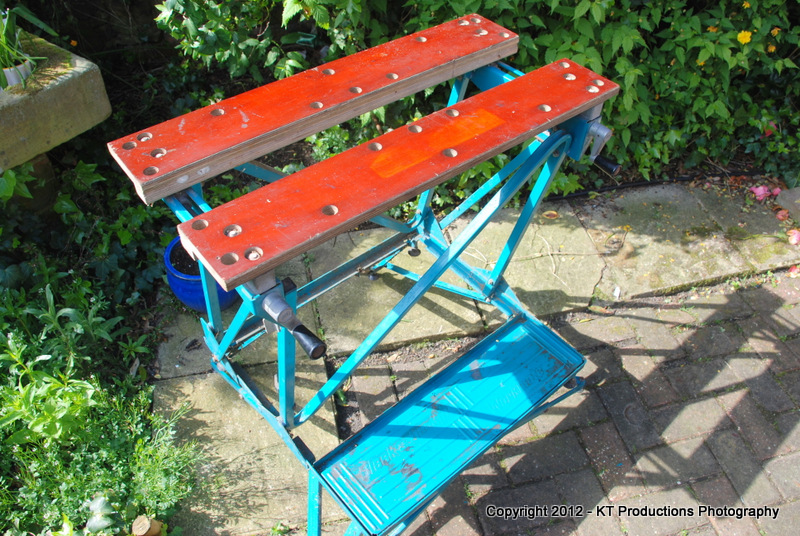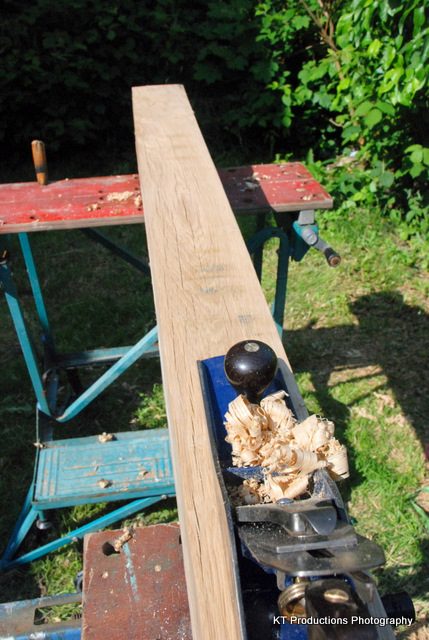Just to clarify if you are looking at buying timber from Wickes, B&Q etc. (Apologies to the experts if I over-simplifying here.)
Softwood in the UK is sold in metric measurements but the standard sizes available cling to some of the old inch sizes and are still colloquially called by their inch sizes. Go to a timber merchant and ask for 2 x 4 and they'll know what you mean; look at a website and it won't.
Inch sizes are approximately the size the wood was when it was sawn. Planing it smooth removes some wood, but it will still be known by the size it started.
So your 2 x 4 won't be 51mm x 102mm after it's planed, it will be something like 44mm x 94mm.
The DIY stores will describe it that way - they don't want confused customers complaining that it's undersized!
Lengths fall into standard sizes based on a 300mm module, so for an 8 foot length, look for 2.4m.
Softwood in the UK is sold in metric measurements but the standard sizes available cling to some of the old inch sizes and are still colloquially called by their inch sizes. Go to a timber merchant and ask for 2 x 4 and they'll know what you mean; look at a website and it won't.
Inch sizes are approximately the size the wood was when it was sawn. Planing it smooth removes some wood, but it will still be known by the size it started.
So your 2 x 4 won't be 51mm x 102mm after it's planed, it will be something like 44mm x 94mm.
The DIY stores will describe it that way - they don't want confused customers complaining that it's undersized!
Lengths fall into standard sizes based on a 300mm module, so for an 8 foot length, look for 2.4m.






